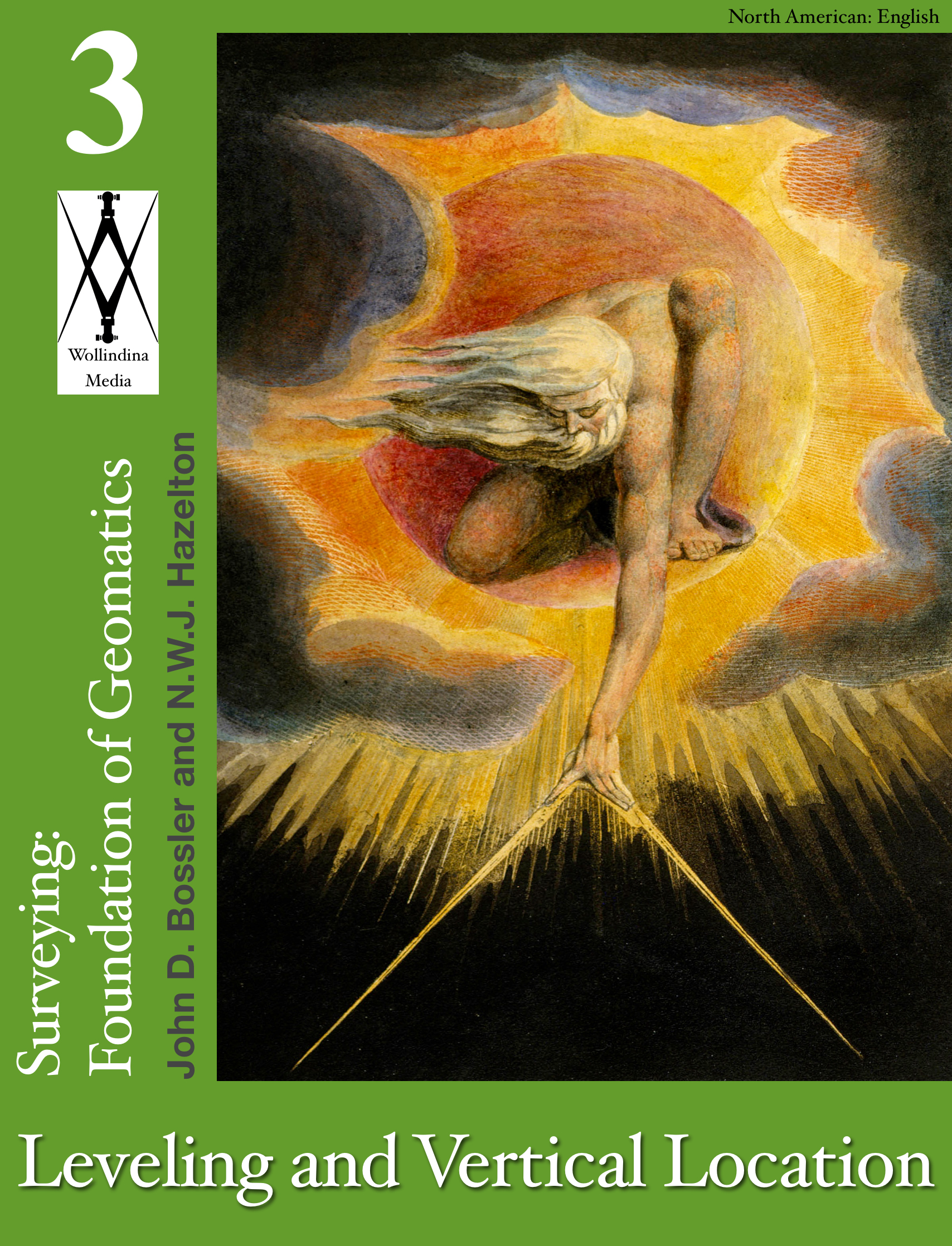
The philosophy behind the re-design of the original famed Surveying textbook is based on a number of concepts. The first is that surveying has expanded far, far beyond the discipline it spanned during much of the time that the original Surveying textbook was produced. In the 10th edition, Prof. Bossler tried to expand it well beyond its earlier bounds, but was limited by the physical bounds of a paper book, among other things. As Profs. Bossler and Hazelton started work on the 11th edition, they started discussing what would be on the CD-ROM in the back of the book, then two CDs, then the DVD-ROM, until it was clear that in order to provide a comprehensive textbook, something would have to change.
The second is that when the whole scope of a surveying or geomatics curriculum is examined, it will be seen that it consists of many strands that are interconnected throughout the program. The better the program, the tighter the interconnections, as that allows students to integrate knowledge from across the full breadth; and the modern direction of geomatics is both diversification of material and integration of theory and technology.
The third is that as theory gets more involved and complex earlier in the program, there is a need to approach the subject a bit differently. Early parts of the program need to be hands-on, but to make the student aware that there is a lot more to come. For example, ten years ago GNSS was an advanced topic, while now RTK GNSS is a fairly basic field technique. But using GNSS really requires an understanding of datums, geoids, ellipsoids and map projections. Integrating GNSS with imagery and traditional surveying requires a sound understanding of errors. The real-world problems that practitioners meet, and which need to be presented through the program, involve using many technologies and techniques, and integrating many data sources. Students must move beyond the traditional data collection concepts into data integration and analysis, which is where GIS and LIS come in. The same concepts run through the entire curriculum, but develop in complexity, and project-based learning is one approach that uses this approach.
Two other major trends are: new faculty coming into surveying and geomatics tend to have less field experience than in the past; and that with the widespread use of one- and two-person crews, there is little chance to learn field techniques on the job. Textbooks need to reflect this need for more information about how to do things in the field, to convey the experience that is needed almost from a graduate's first day in the field.
Traditionally, the program was cut into two parts, largely based on the student's time in the program. For the introductory courses that meant an introductory textbook, and either a more advanced textbook was introduced for the later courses, or specialist textbooks for each sub-discipline area were used. For the first approach, the textbook Plane and Geodetic Surveying for Engineers, by the late David Clark, was a two-volume approach. For the latter approach, a large number of introductory textbooks were available, together with specialist texts, or more advanced chapters. The latter approach has been how things have been done for many years.
With the 11th edition of Surveying, a different approach is being used. First, the name of the series is now Surveying: Foundation of Geomatics. This is because the theory and processes of data collection and measurement underpin the larger and growing discipline, and the professional group doing this are providing the guarantee that the abstractions match the reality. Second, the discipline is getting too big for just one book to be reasonably comprehensive, so the 11th edition is a series of books. Third, the discipline is 'sliced up' longitudinally, rather than by cross-sections. If the discipline is pictured as a very thick rope of tightly interwoven strands, each book runs along the line of the rope, picking up many pieces of many strands in order to provide a sound foundation in each problem area. So Volume 3, Leveling and Vertical Location, focuses on the problem "What is the elevation here?" and looks at it through the larger discipline, through as many technological areas as are used to help solve that problem.
So this series is a very different 'book' compared to the original Surveying textbook. It covers the same discipline, but expands the coverage because the discipline has expanded. It tackles explaining the discipline in a totally different way. It takes advantage of the technological developments that have swept, and keep sweeping, through the discipline. How many touch-screen devices are there now for surveyors to use? How many field devices carry additional information with them? It is written to try to convey what is needed in the field, as well as theory and technology.
One final capability of this new technology is being able to customized the books for different audiences. The first instantiation of this new series is for the North American market and is written in English. An International English version will follow. Because the book promotes international best practices, the techniques do not differ very much from place to place. However, each nation has its own datums, which are of critical importance to its own practitioners, but more a curiosity to those in other nations. So it is possible to produce books that are focused on each nation's individual needs, because the costs of printing and distribution are not as significant for an electronic book.
So we are very excited about this new approach to supporting the education and practice of surveying, geomatics and geospatial science. We hope you can share our excitement and explore ways that this series can help you in this discipline.

